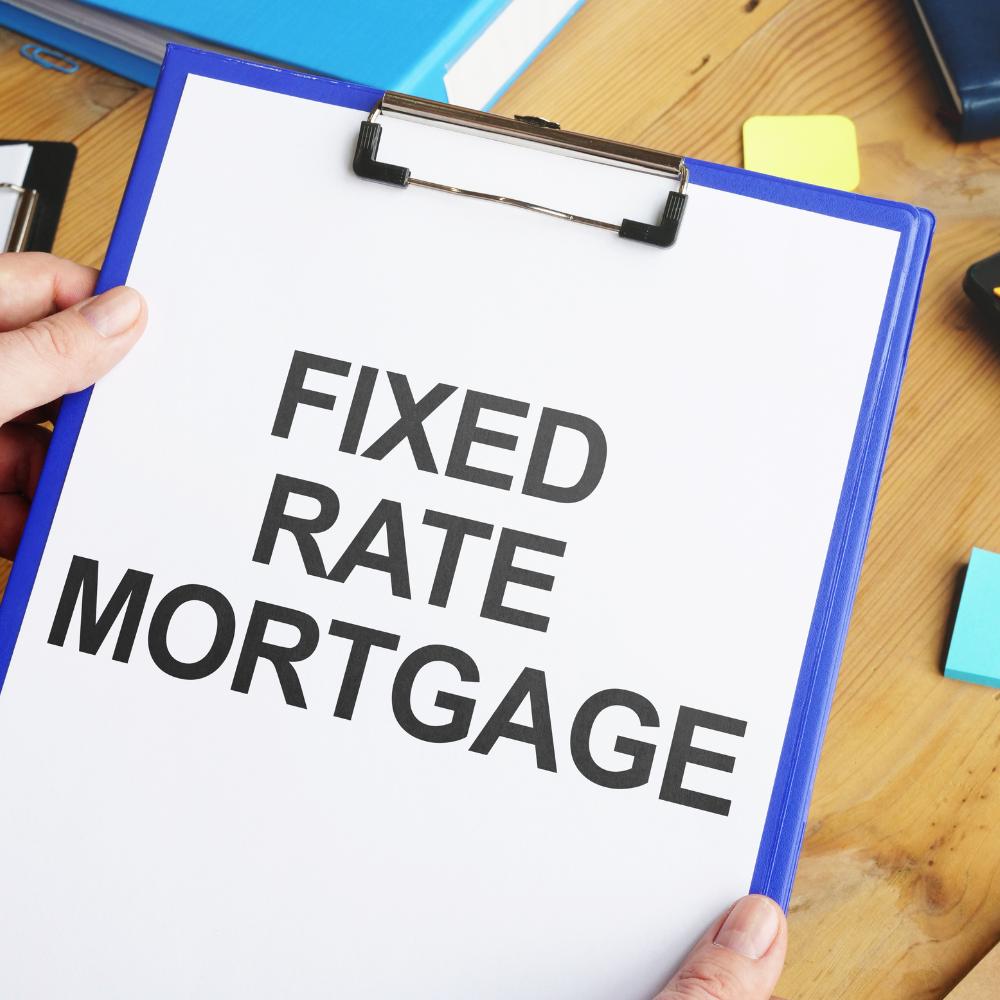
A fixed-rate mortgage is a popular choice among homeowners in the UK, offering the security of a constant interest rate for a predetermined period. This type of mortgage can be an appealing option for those who value stability and predictability when it comes to their monthly mortgage payments. But what happens when this fixed-rate period comes to an end? In this article, we explore the options available to homeowners and the steps to take to ensure a smooth transition at the end of a fixed-rate mortgage term.
Moving on to a standard variable rate (SVR)
When the fixed-rate period on your mortgage expires, your lender will typically move you onto their standard variable rate (SVR). The SVR is the lender’s default mortgage rate, which can change in response to market conditions and is usually higher than the initial fixed rate. This means your monthly mortgage payments may increase, sometimes substantially, when you transition to an SVR. It is essential to be aware of this potential increase and factor it into your budget.
Remortgaging
One option to consider when your fixed-rate period ends is remortgaging, which involves switching to a new mortgage deal, either with your current lender or a different one. Remortgaging can be an excellent opportunity to secure a lower interest rate, potentially saving you money on your monthly repayments. It also allows you to choose a new mortgage term and select between a fixed-rate or a variable-rate mortgage, depending on your preferences and financial goals.
To successfully remortgage, you will need to provide evidence of your income, credit history, and current property value. Keep in mind that remortgaging may come with fees, such as valuation fees, legal fees, and arrangement fees. Be sure to compare these costs with the potential savings to determine whether remortgaging is the right option for you.
Product transfer
If you are satisfied with your current lender but wish to change your mortgage deal, you can opt for a product transfer. This involves staying with the same lender and switching to a new mortgage product, typically at a lower interest rate. Product transfers can be a simpler and more cost-effective alternative to remortgaging, as there are usually fewer fees involved. However, the range of mortgage products available for a product transfer might be more limited compared to remortgaging, so be sure to weigh your options carefully.
Staying on the standard variable rate
Although the SVR is generally higher than fixed rates, some homeowners may choose to remain on this rate if they believe interest rates will decrease in the near future. This approach carries more risk, as interest rates can be unpredictable, and there is no guarantee that they will fall. Staying on the SVR also means you are not locked into a specific mortgage term, providing you with more flexibility to make overpayments or pay off your mortgage early without incurring penalties.
In summary, when your fixed-rate mortgage period ends, it is crucial to evaluate your options and make an informed decision that best suits your financial goals and circumstances. Whether you decide to remortgage, opt for a product transfer, or remain on the SVR, be sure to stay proactive and plan ahead to ensure a smooth transition and continued financial stability.
Related articles:
